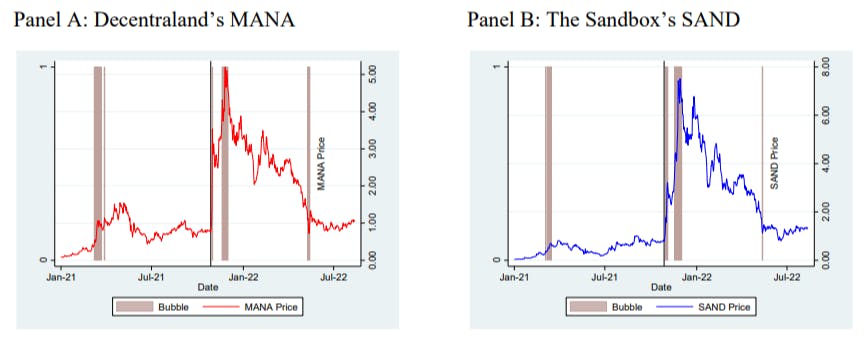Can Smart Contracts Truly Trust Their Data?
Smart contracts operate on the principle of trustless execution, yet they often rely on external data sources that may not be verifiable. This reliance raises concerns about the integrity of the data feeding into decentralized applications (dApps). The launch of Space and Time’s mainnet introduces a solution aimed at addressing this challenge by enabling smart contracts to access and verify data through cryptographic proofs.
Understanding Space and Time’s Approach
Space and Time is a decentralized data warehouse that integrates zero-knowledge (ZK) proofs to ensure the integrity of data used by smart contracts. By leveraging its proprietary technology, Proof of SQL, the platform allows developers to execute SQL queries whose results can be cryptographically verified. This means that smart contracts can now access data with an added layer of trust, reducing the risk of tampering.
The platform indexes data from various blockchains, including Ethereum, and stores it across a decentralized network of validators.
Developers can query this data, obtain ZK proofs of the query results, and integrate them into their smart contracts. This process ensures that the data used is both accurate and verifiable.
The Role of Proof of SQL
Proof of SQL is central to Space and Time’s offering. It enables the generation of ZK proofs for SQL queries, ensuring that the data retrieved has not been altered. This is particularly important for applications that require high data integrity, such as decentralized finance (DeFi) platforms and supply chain tracking systems.
For example, a DeFi application calculating interest rates based on user activity can use Proof of SQL to verify that the underlying data has not been manipulated. This adds a layer of security and trust to the application’s operations.
Integration with Existing Ecosystems
Space and Time’s technology is designed to be compatible with existing blockchain ecosystems. The platform’s integration with Chainlink allows for the delivery of ZK-proven data to smart contracts via Chainlink’s oracle network. This integration facilitates the use of verified data in a wide range of applications, from financial services to gaming.
Additionally, Space and Time’s presence on the Microsoft Azure Marketplace indicates a move towards bridging traditional cloud services with decentralized applications. This could pave the way for enterprises to adopt blockchain technology more seamlessly.
Implications for Developers and Enterprises
For developers, Space and Time offers tools to build applications that require high data integrity without compromising on scalability. Enterprises can leverage the platform to ensure that their blockchain-based applications operate on trustworthy data, which is crucial for maintaining compliance and trust with users.
The mainnet launch also introduces the SXT token, which serves as the native utility token for the platform. It is used for staking, validator rewards, and payment for data queries, incentivizing participation in the network.
Personal Perspective
The introduction of ZK-proven data access through Space and Time represents a significant advancement in the blockchain space. By addressing the challenge of data integrity in smart contracts, the platform opens up new possibilities for building secure and reliable decentralized applications. However, the success of this approach will depend on the adoption by developers and the broader blockchain community.
Final Thoughts
Space and Time’s mainnet launch marks a step forward in enhancing the trustworthiness of data used in smart contracts. By providing tools that ensure data integrity through cryptographic proofs, the platform addresses a critical need in the development of decentralized applications. As the blockchain ecosystem continues to evolve, solutions like Space and Time could play a pivotal role in shaping the future of data access and verification.
Don’t forget to like and share the story!
Vested Interest Disclosure: This author is an independent contributor publishing via our











